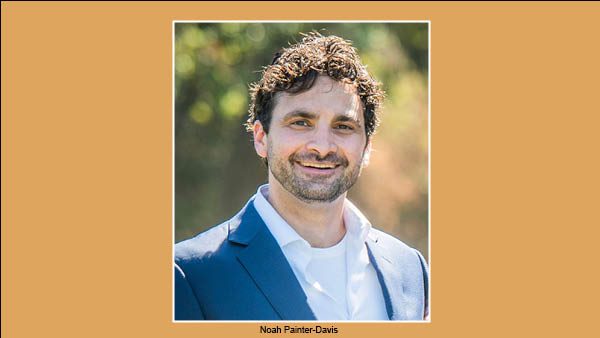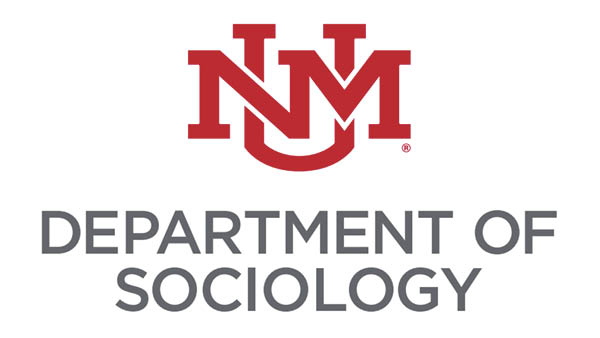Reinvisioning Diversion Through Community Engagement
November 1, 2022 - Geneva Sandoval-Dinallo
While the Criminal Legal System (CLS) is responsible for public safety and works to uphold the values of the law, there is still an abundance of ways in which their methods can be improved. One common feature of the CLS is its overreliance on punitive practices that create negative interactions with the public, leading to increased social stigma, as well as other long-term outcomes that link the CLS with persistent inequality and socioeconomic disadvantage.
The concentrated reliance of the CLS on punishment creates a cycle of skepticism towards the practices of the law and misses opportunities for rehabilitation. This is unfortunate since a shift in focus towards balancing accountability with rehabilitation would better address issues like
substance use, mental health, and recidivism. There is a growing recognition of the need to re-envision the CLS in ways that reduce its footprint and resulting inequalities while maintaining public safety.
One possible response is the use of non-traditional diversion or deflection practices. Diversion is intended to minimize CLS involvement and its consequences for clients while holding them accountable. Noah Painter-
Davis, an associate professor in the Department of Sociology and investigator for UNM’s Center on Alcohol, Substance Use, and Addictions (CASAA), is working with an interdisciplinary team of faculty, students, and community partners to help New Mexico’s First Judicial District improve and develop diversion practices that address the social and contextual issues that often trap individuals in the CLS.

The team includes the First District Attorney’s Office, New Mexico Sentencing Commission, CASAA, and various UNM academic departments, including Sociology and Criminology, Psychology, Public Health, Economics, and the newly developing Forensic Psychology department. Painter-Davis believes that a key to reducing silos is developing an interdisciplinary team that works to communicate across differences and integrate diverse perspectives.
The ongoing development of the project is focused on reducing contact and reliance on the CLS; enhancing the overall well-being of juveniles and young adults; reducing inequalities; and improving policy. The team is working with the First District Attorney’s office to identify what current diversion practices are working and how they can be improved.
The DA’s office is already involved in several diversionary efforts, including Drug Court, Pre-Prosecution Diversion Program, Law Enforcement Assisted Diversion (LEAD), and Wellness Court. The DA’s diversionary efforts are headed by Assistant District Attorney Morgan Wood, who worked for years in the Public Defender’s Office before joining the DA’s office in October 2020.
The research team is working with Wood and the DA’s office to integrate new diversion practices and collaborative partnerships that focus specifically on juveniles and emerging adults, those ages 18 to 25. They envision that some of the new diversion practices will be implemented independently from the DA’s office. When appropriate, their practices will be designed for implementation at the system’s front end to maximize reductions in CLS contact and supplemented with alternative supports that reduce the likelihood of subsequent CLS contact.
District Attorney Carmack-Altwies, said of the project: ““The criminal justice system does not meaningfully equip law enforcement and prosecutors with tools or options outside the cycle of arrest, prosecute, and punish. This project, rooted in research and social science at UNM, will bring a new diversion opportunity to the First Judicial District that relies upon skilled and licensed practitioners who can intervene and treat the complexities of youth and emerging adults before they find themselves a mainstay in our CJ system.”
The guiding principles of this project center on improving collaboration, increasing opportunities and investing in the community and its input. In designing community-driven diversion practices, the team hopes to offer a range of alternatives to CLS processing that will increase civic participation, address substance and mental health needs, improve employment and education outcomes, and lessen the contact and reliance on the CLS.
While research has shown that diversion practices can be much more effective than traditional CLS processes, they often have “pitfalls” and barriers that reduce effectiveness and increase inequality and therefore, must be accounted for in designing diversion practices. One of these pitfalls described by Painter-Davis is fragmentation, a lack of communication and resource sharing across individuals and entities. This fragmentation can contribute to limited community input and engagement, and an absence of trust and understanding across system and community partners.
Painter-Davis and the team are already working to break down these silos as they build diversion practices that are responsive to the needs of the community and build community investment and resources. The research team is training in community-based participatory methods, actively seeking the concentrated feedback of community members, and engaging in outreach towards the community to involve them in the development of the project.
The project also is providing applied research opportunities for undergraduate and graduate students.
 Lisa Broidy, distinguished professor and chair of the Department of Sociology and Criminology, and a project co-investigator, noted that the "project has provided some really wonderful opportunities for our graduate students to be involved in research that has real world implications for New Mexico communities and can improve outcomes for New Mexico youth and young adults. At the same time, they are learning valuable and translatable skills including community-based research methods, how to develop and deploy interviews and focus groups, and how to engage in collaborative, team-based research."
Lisa Broidy, distinguished professor and chair of the Department of Sociology and Criminology, and a project co-investigator, noted that the "project has provided some really wonderful opportunities for our graduate students to be involved in research that has real world implications for New Mexico communities and can improve outcomes for New Mexico youth and young adults. At the same time, they are learning valuable and translatable skills including community-based research methods, how to develop and deploy interviews and focus groups, and how to engage in collaborative, team-based research."
This project is especially relevant to New Mexico, which struggles with high crime and incarceration rates across the state. Our incarceration rate of 733 per 100,000 state citizens means that a considerable population of the state is serving time in detention centers.
Given that minority populations are overrepresented in the CLS, it is unfortunate that New Mexico’s data on race/ethnicity and socioeconomic status are limited because better data can help policymakers make more informed decisions. For example, race/ethnicity is currently only systematically collected for people who are convicted and sentenced to prison, parole, or probation through the Department of Corrections.
This means we do not know how race and ethnicity shape outcomes earlier in the CLS process which is a major blind spot in the development and evaluation of front-end diversion practices.
A research investigation performed using arrest data from law enforcement agencies found that “In line with national trends... research found that people of color in Bernalillo County are arrested and booked into jail on drug charges at disproportionately high rates, despite having similar rates of drug use and sales as white people.”
The lack of race/ethnicity data in New Mexico makes it difficult to assess the system's effectiveness in order to make any reforms or improvements. The idea of collecting better data about race and ethnicity is a key feature of the diversion project and its success. The team is confronting this issue head-on by helping to develop a prototype data system and has also noted that the District Attorney’s office has received funding to support the advancement and refinement of their data system.
Linda Freeman, Executive Director of the Sentencing Commission and member of the project team, noted that the “New Mexico Sentencing Commission is proud to be involved in the development of this data-informed diversion program that strives to help individuals avoid future contact with the criminal justice system and address their needs.”
The team’s improvement of existing diversion practices and the development of new practices will be a huge step forward in the enhancement and reformation of the CLS within our state. Painter-Davis and those involved in this project are hopeful of the constructive and beneficial advancements that it will create within the state and all its communities at an individual and systemic level.
Says Painter-Davis, “It is very exciting to be a part of a collaboration between different academic departments, organizations, and the community as we work to improve the lives of New Mexicans. I am very appreciative of the support from my colleagues at UNM, the New Mexico Sentencing Commission, and the First District Attorney’s office. As we develop this project and improve diversion practices, we must center the community and its diverse concerns and perspectives. Issues surrounding criminal legal system processes are sensitive, complex, and elicit strong and varied opinions, so it is crucial that we listen to a wide array of voices as we move forward. Prioritizing community input is an important step toward translating research into impactful change.
The primary source of support for the project is the William T. Grant Foundation. The team has also received substantial support from the New Mexico Sentencing Commission and grants from the UNM Center for Regional Studies and the Con Alma Foundation to support community engagement. UNM’s Transdisciplinary Research Equity and Engagement (TREE) Center and Research Allocation Committee funded related seed projects, which were key to initial work to improve New Mexico sentencing data in ways that can help inform diversion practices.
Photo: Max Aria Photography
